Content Management Mindset
Develop the mindset needed to manage content effectively for any type of organization.

In our Digital Business Structure lesson, we saw where the role of a content manager fits within the structure of a digital business.
In this lesson, we discuss the mindset that will help you excel in a content management role and present a simple model for managing the content of any business.
We’ll start with the end in mind by looking at where we want to get to and how to develop the mindset that will help us get there.
Additional lessons included in this module will help you understand the skills required for the role, different business setups you may need to manage, and the content management tools we recommend using.
Note: Much of the information presented in this lesson has been reproduced from The Small Business Digital Manager.
Before Your Start…
Make sure to review the following lessons:
We also recommend reading the following article:
Starting With The End In Mind
Let’s go to the end and picture in our minds what an organization that can manage its content effectively looks like and how it operates.
Let’s say that your business has an overall vision it wants to realize.
To do this, it has to put in place a series of steps to get there. These steps need systems and processes to deliver results.
If content plays any part in helping the business achieve its vision, then systems and processes need to be in place for managing not only all the content in your business but also all content-related activities, including content planning, content production, and content promotion.
All these systems combined form your overall content management system.
Effective content management, then, is about helping the business realize its vision through a coordinated framework of content-related systems.

The end goal of building all these systems to manage content effectively is that your organization can then confidently and consistently deliver the right content, targeting the right audience, with the right message, at the right time, to help them make the right decision (e.g. buy, subscribe, submit an inquiry, refer others, etc.).

The business can continually review how these systems are performing to determine if the results are aligned with its objectives.
If it’s not delivering results, it can troubleshoot and fix issues, and continually fine-tune and improve its processes until objectives are being met.
Now that we have briefly described what the end goal of our mindset looks like, let’s take a look at how to structure it so we can get there.
Businesses Have Multiple Levels Of Decision-Making
The other important component of developing the right mindset to manage content effectively is to understand who is responsible for what when it comes to making decisions that affect the end goal described above.
Regardless of whether your business is comprised of one person or many people, it must fulfill certain fundamental roles, e.g. sales and marketing, finance, operations, etc.
If we were to map the various roles that every business must fulfill, its organization chart would end up looking something like this…

Within every business, different organizational planning and decision-making levels are responsible for helping the business meet its strategic, functional, and operational goals and objectives.

Every business, then, has three levels of decision-making (even a one-person business):
- Executive Level – This level is responsible for making strategic (i.e. “big-picture”) decisions.
- Managerial Level – This level is responsible for figuring out the functional systems and processes that will deliver the “big picture” set by the Executive level.
- Tactical (Technical) Level – This level is responsible for operating (i.e. following) the systems and processes set at the Managerial level, and doing the work that creates the results that will deliver the strategic goals and objectives set at the Executive level.
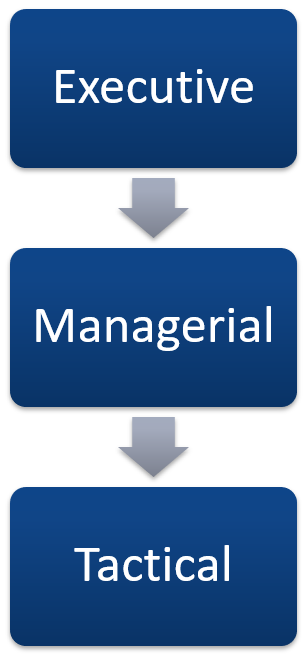
While people working on all levels of an organization are responsible for helping the business achieve its objectives and realize its vision, each level has a specific role to play.

If you understand the breakdown of decision-making levels in a business, you can pinpoint most of the problems affecting your business results.
The solution to most problems your business will face (not just content-related) will almost always be found when these are assigned to the appropriate decision-making level.
See our Content Troubleshooting Guide for examples of content-related problems and ways to fix these.
![]()
Building systems for managing content processes when everything is getting out of control (i.e. “after the genie has been let out of the bottle”) can be difficult and challenging.
It is easier to maintain control of content processes if strategic thinking, managerial processes, and technical/tactical procedures for how the work gets done are in alignment.
This ensures that everyone then works together to help the business achieve its objectives and realize its vision.

So, let’s look at what each level contributes to the business:
Executive Level – Strategic Planning
The executive level is all about “big picture” thinking.
Executive-level roles make high-level decisions that drive the business and determine end results.
Executive-level roles are responsible for performing activities like strategic planning, setting budgets, goals, and objectives, and ensuring that all areas of the business remain aligned with its vision, mission, and core values.
Managerial Level – Functional Planning
This level is all about managing systems (not people).
Managerial-level roles are responsible for helping the business achieve the goals and objectives set at the executive level and delivering results within the specified budgets and timeframes.
Managerial-level roles also perform activities like functional planning. They formulate strategies, and develop, implement, document, manage, and look for ways to improve all the systems and processes that can help the business achieve its targets.
Managerial-level roles are also responsible for training people to use, manage, and follow all implemented systems, processes, and procedures.
Tactical (Technical) Level – Operational Planning
This level is where the work that delivers results gets done.
People working in technical or tactical-level roles are responsible for following the systems, processes, and procedures put in place by management, ensuring that work is performed to specifications, delivering results as planned, and meeting all operational targets.
The Sum Is Greater Than Its Parts
When all three levels work together seamlessly and in alignment, the result is a continuous feedback loop of improvement and successful growth.
Put simply, strategists (executive level) create a map of where the business has to get to, a vision of what the business will look like when it gets there, and a strategic plan showing how everything has to work for the business to achieve the goals and objectives that align with company values.
Managers (managerial level) then use this map, vision, and plan to figure out how to build the paths and roads the business has to travel on to reach its destination.
It does this by implementing and documenting practical systems and providing technicians/tacticians with detailed instructions, maps, manuals, and procedures, and training them to perform the work that will produce the results that will help the business reach its intended destination.

Managers are the interface between strategists at the Executive level and technicians or tacticians.
The Managerial level is responsible for ensuring that all the work done at the Technical/Tactical level delivers the results specified at the Executive level.
It’s really important to get this concept.
A Strategic Mindset (executive level) is responsible for creating sustainable results for the business, not the Managerial Mindset, which focuses on day-to-day operations, or the Technical Mindset, which focuses on the technical details of the work that needs to be actually done.
As you will see in the Content Manager Setups lesson, when businesses fail to understand how these three distinct levels work, chaos ensues.
When these separate functions become blurred, vital steps like strategic planning, documenting systems, etc. get missed.
As we explain in more detail in the Content Manager Setups lesson, these levels determine who does what in the Content Process Cycle of an organization’s website or digital presence.

For example:
- Executive/Strategic Level – People on this level of the organization are responsible for defining a Content Strategy aligned with the “big picture” objectives they want to achieve.
- Managerial Level – People on this level are responsible for developing a Content Plan and implementing the Content Management processes that will ensure executive-level objectives are met.
- Technical/Tactical Level – This level is responsible for following all the processes set up by the managerial level in areas like Content Planning, Content Production, and Content Promotion.

Content Management Mindset – Summary
The end goal of effective content management is about helping the business realize its vision via a framework of content-related systems.
The business can continually review how these systems are performing to determine if the results are aligned with its objectives.
In addition to the end goal, understanding the three levels of decision-making in your business will help you diagnose, troubleshoot, and fix most content-related issues.
Useful Resources
In addition to completing the lessons in this module, we recommend the following resources:
- The E-Myth: Why Most Small Businesses Don’t Work And What To Do About It – Michael E. Gerber’s classic book provides valuable information on how to stop working in your business and start working on your business.
- Digital Business Video Courses – Video courses to help you develop the digital skills you need to manage content effectively.
- WordPress User Manual – A detailed and comprehensive step-by-step WordPress user manual for non-technical website users.
- The Small Business Digital Manager – This guide covers the challenges many small businesses face running an effective digital presence and provides practical ways to address these.
- Content Troubleshooting Guide – Use this guide to troubleshoot content-related issues.
Visit our tools and resources section for additional courses, guides, and helpful tools and resources for content managers.
***
This concludes our lesson on the content management mindset. Please make sure to complete all lessons in this module before proceeding to the next training module.
Next Lesson
Go here for the next lesson in the Digital Business training module: Content Management Skills
Digital Business – Module Lessons
Below are all the lessons included in this module. Click on a link to go directly to the lesson:
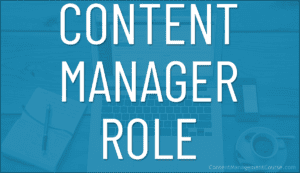
The Role Of The Content Manager
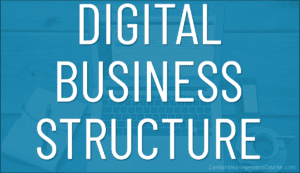
Digital Business Structure
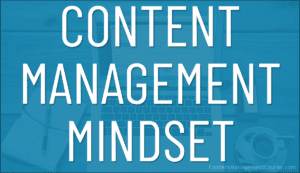
Content Management Mindset
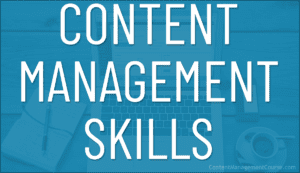
Content Management Skills
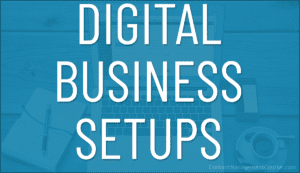
Digital Business Setups
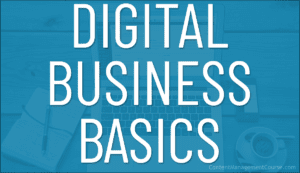
Digital Business Basics

Digital Content Team

Content-Related Jobs and Careers
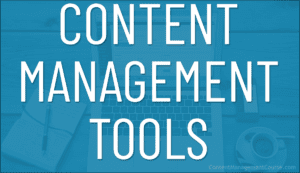
Content Management Tools
***
Image: Business Woman
